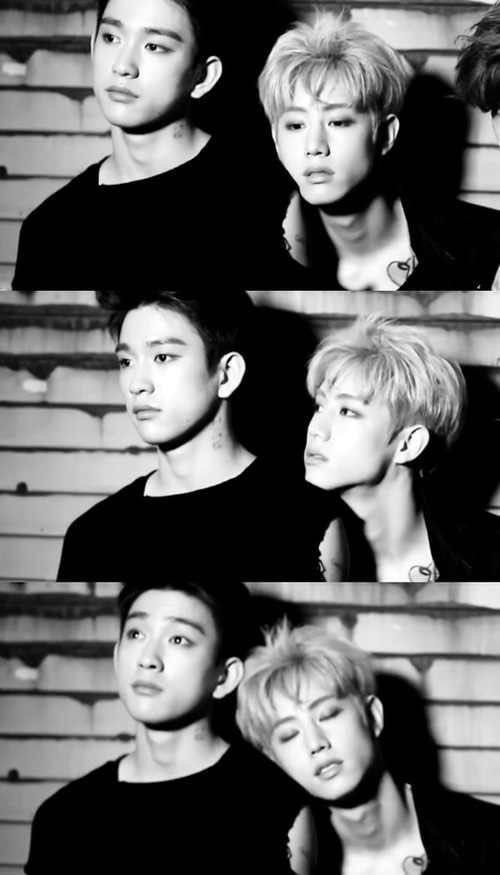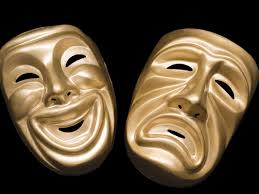Feelings
When I first read the title of Christopher Strachey’s poem “Love Letters”, I had figured that the poem would be just like any other typical love poem out there; however, it wasn’t about the innocent kind of love. Instead, this poem seems to be about a guy who is madly obsessed with a woman that he doesn’t even seem to love. The love letter doesn’t even sound like one and it can be inferred that he is just lusting after her when he says, “MY HEART LONGS FOR YOUR EROTIC RAPTURE. MY UNSATISFIED FONDNESS BREATHLESSLY DESIRES YOUR EROTIC AMBITION. YOU ARE MY PASSIONATE APPETITE: MY LOVING SYMPATHY. MY THIRST LONGS FOR YOUR COVETOUS PASSION” (Strachey). He is just saying how much he wants her in this "love letter" of his, rather than actually expressing his love for her. This could mean that he may possibly be confusing lust for love without even realizing it. Although the same words are repeated and rearranged, the poem still doesn’t change it’s meaning. In the end, it’s still about a guy that may be in love with just the idea of love, which means that he only wants her around so he isn’t alone. It’s almost as if he is forcing a connection and trying to claim her as his in order to help him get rid of his fear of being alone when he says, “YOURS EAGERLY, YOURS IMPATIENTLY, YOURS ANXIOUSLY” (Strachey). These words being included in this poem make me feel even more sure that the man is only making himself believe that he is in love with the woman mentioned in the poem so that the gap in his heart can no longer be empty.
Mark: "I want to hold onto this...whatever it is that we have...".
Performance art evokes emotion, because it's designed to. But how do written works make us feel certain ways without the author being present to deliver the message in context with all of the details that give the art its emotional quality?

